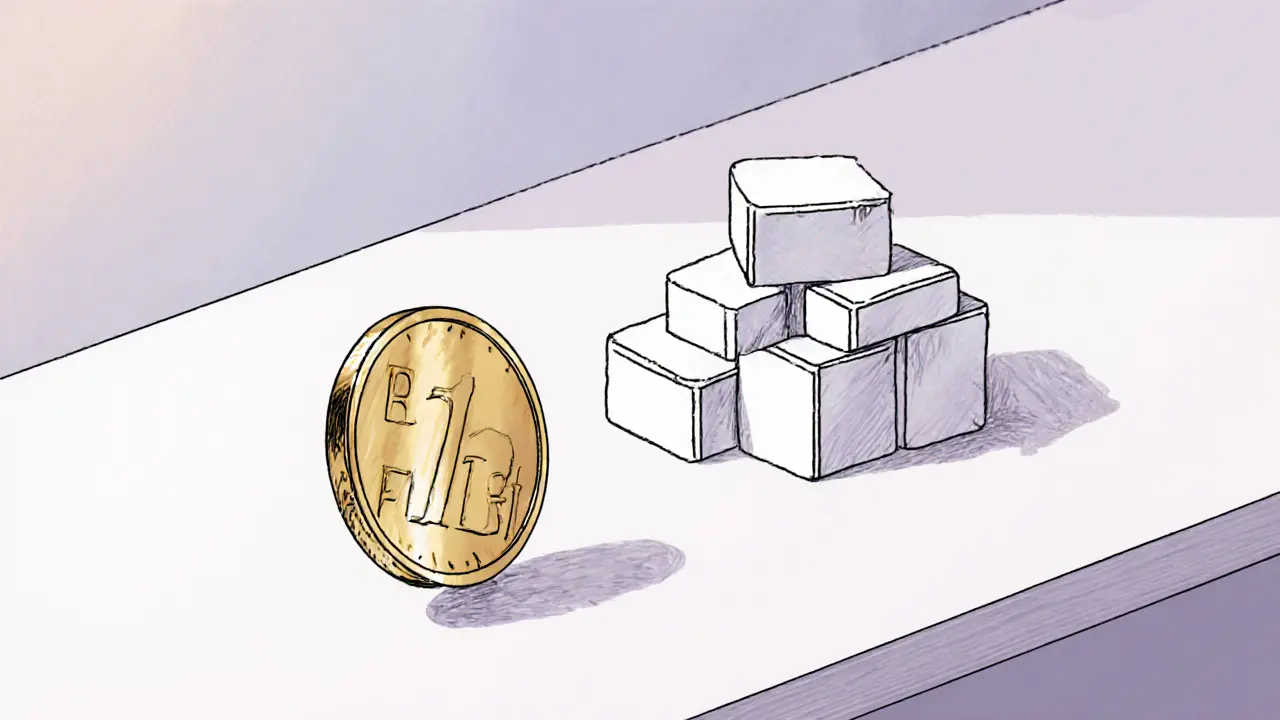NFT Gas Efficiency
When working with NFT gas efficiency, the practice of minimizing the gas required for NFT creation, transfer, and interaction on blockchain networks. Also known as NFT gas optimization, it directly affects gas fees, the amount of ETH (or other native token) paid to validators for processing transactions and often relies on Layer 2 scaling, off‑chain solutions that batch transactions to dramatically lower per‑transaction costs. Improving NFT gas efficiency can mean the difference between a $5 mint and a $50 mint, which is why creators and collectors alike keep a close eye on it.
Key Techniques and Tools
Mastering NFT gas efficiency starts with understanding the smart‑contract architecture. ERC‑1155 contracts, for example, let you mint multiple token types in a single call, cutting the gas per token by up to 80% compared with ERC‑721. Batch minting, lazy minting, and using immutable storage pointers also shave off unnecessary bytecode execution. On the network side, Ethereum’s EIP‑1559 fee market informs users when fees are high, while gas‑tracker extensions let you spot low‑traffic windows. Layer 2s such as Optimism or Arbitrum bundle many NFT transfers into a single roll‑up, so the validator only pays one fee for dozens of moves. Meta‑transactions let users delegate gas payment to a relayer, which can be especially useful for onboarding newcomers who don’t hold the native token yet.
Beyond the technical tricks, community‑driven tools keep the ecosystem honest. Open‑source audits surface gas‑heavy patterns, and dashboards compare on‑chain vs. off‑chain costs for popular minting services. When you pair a streamlined contract with a Layer 2 bridge, the result is a smoother experience for buyers and a healthier market for creators. The articles below explore real‑world case studies, from low‑fee NFT drops on Polygon to high‑throughput minting on zk‑Rollups, and show how tax regimes (like India’s no‑loss offset rule) intersect with gas costs. Dive in to see practical tips, compliance insights, and the latest trends shaping NFT gas efficiency today.

ERC-721 vs ERC-1155: In-Depth Comparison of NFT Token Standards
A side‑by‑side look at ERC‑721 and ERC‑1155 token standards, covering gas costs, security, use cases, and implementation trade‑offs to help you choose the right NFT framework.
